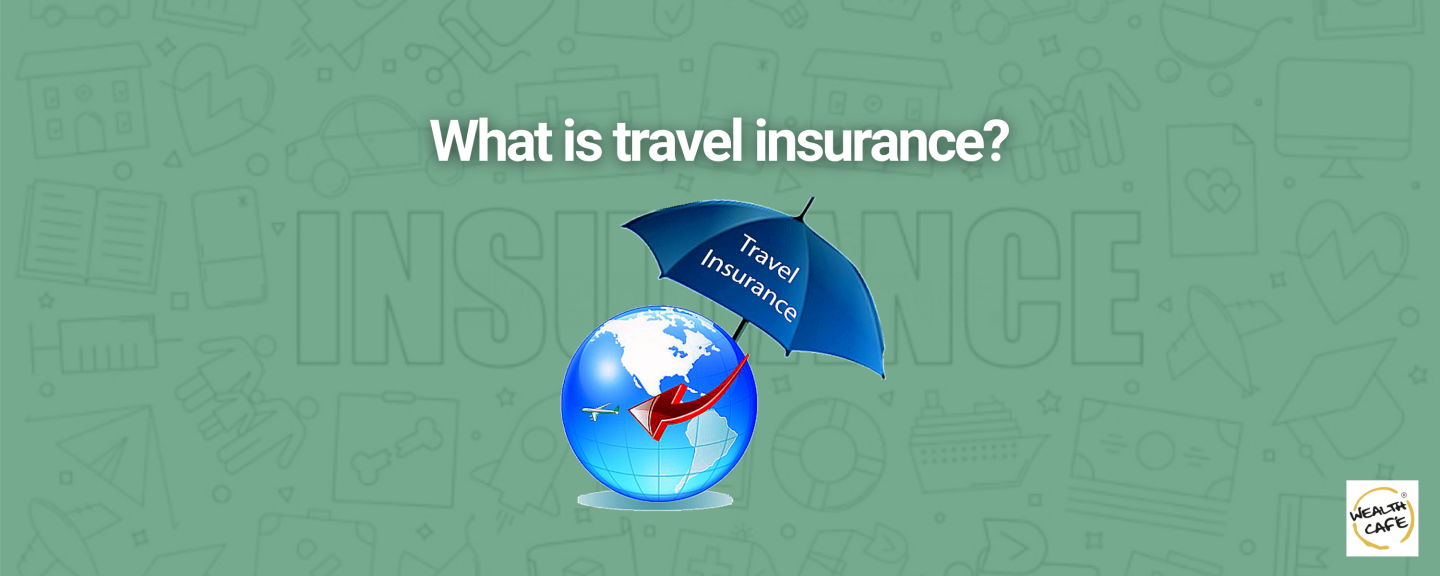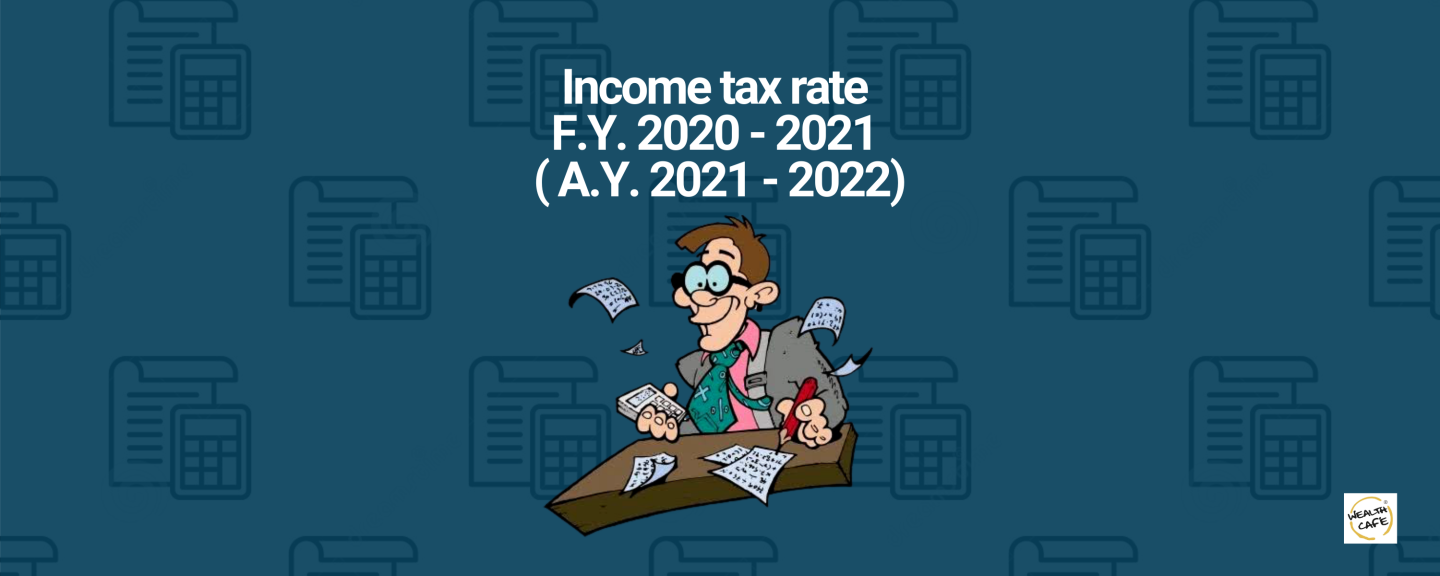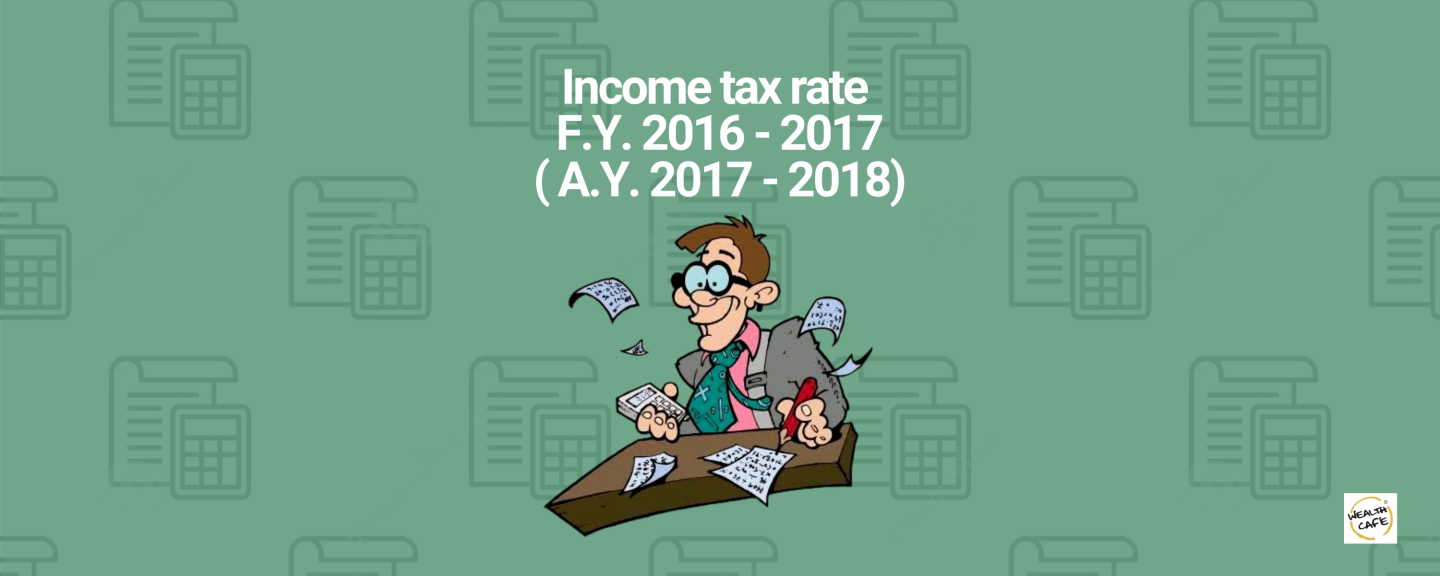DigiLocker is an initiative by the Government of India under the Digital India programme to move towards paperless and digital governance. There was a time when a person had to get documents attested by a gazetted officer to be used as valid proof. Getting the documents reissued was time-taking and a tough task if one happened to lose them. To overcome these problems, the government has made provisions for digital documentation and e-signing through DigiLocker, instead of self-attestation. Though there are a lot of things to know about this service, here, we have dealt with the 7 most important points that you should know about DigiLocker.
1. Signing up for DigiLocker
DigiLocker is a highly secure system, as both the cloud and the mobile app are secured by Aadhaar authentication. You have to provide your Aadhaar and OTP to avail the services provided. You have to visit https://digitallocker.gov.in/ to create a new account. You can use your Username and password to login to your DigiLocker account. Alternatively, you can use your Aadhaar number and OTP to login. It is worth mentioning that an individual can have only one DigiLocker account as it is linked with the Aadhaar of the individual.
2. Getting documents issued or uploading them on DigiLocker
You can upload your documents, and even get them issued by the relevant government authority such as the Unique Identification Authority of India (UIDAI), Income Tax Department, CBSE, Indane, etc. In case you want to get your document issued, select the issuing agency and enter your details and the document will be issued and uploaded in your DigiLocker account. If you want to upload documents on DigiLocker, select the type of document and upload the scanned copy of the document. You can e-sign the document using the Aadhaar authentication method through OTP and share it with the requester agency.
3. Driving License and RC on DigiLocker
The government has made provisions for people to get their driving license and registration certificate (RC) via the DigiLocker app from the respective DTO or the issuing authority. The documents verified in DigiLocker can be used in place of the original driving license and registration certificate. The Ministry of Road Transport and Highways has issued a notification RT-11036/64/2017-MV that the driving license, registration certificate or any other document pulled into the DigiLocker app or mParivahan app will be legally recognized on a par with the original documents, as per the Information Technology Act, 2000.
These documents can also be shared through the app when required. The QR code present on the document can also be used to check the authenticity of the document.
4. Valid Identity Proof in Trains
The Ministry of Railways has confirmed in the Commercial Circular No. 33 of 2018 that Aadhaar card and Driving License will be considered as a valid proof of identity when presented from “Issued Documents” section by logging to the DigiLocker app. It is also worth mentioning that if the above-mentioned documents are in the “Uploaded Documents” section, they will not be considered as valid proof of identity.
5. Get Educational Certificates Issued Digitally
Getting educational and academic certificates issued by the relevant Education Board was never this simple. You can get your educational documents and certificates issued in the DigiLocker app. There are more than 20 crore educational certificates in the DigiLocker ecosystem. There are 15 central and state education boards and technical institutions that issue certificates to students in DigiLocker. Some of the prominent issuing authorities under this section are CBSE, CICSE, BSEB, PSEB, Maharashtra State Board, Jharkhand Academic Council, NIOS, etc.
6. Digitally Signing Documents
There was a time when you had to get your documents attested by a gazetted officer. But with DigiLocker, you can easily e-Sign the document and share it with the requesting authority through e-mail. e-Sign is similar to self-attestation where the individual asserts that the document is genuine. As of now, the e-Signature can be carried out through the Aadhaar e-KYC service through OTP or fingerprint authentication.
E-Sign facility can be useful for self-attestation, Income Tax e-filing, account opening in banks, application for vehicle registration or driving license renewal, admission in educational institutions, etc.
7. Additional Documents and Certificates on DigiLocker
You can get a lot of additional documents and certificates issued in your DigiLocker account from various government institutions. Some of the issuers that provided valid documents and certificates through DigiLocker are mentioned below:
| Issuer | Documents Issued |
| New India Assurance Co. Ltd. | Insurance policy documents |
| Ministry of Petroleum and Natural Gas(IOCL) | e-Subscription Voucher for LPG connections |
| BPCL | e-Subscription Voucher for LPG connections |
| HPCL | e-Subscription Voucher for LPG connections |
| eDistrict Uttar Pradesh | Birth, income, caste certificates, etc. |
| Greater Chennai Corporation | Birth and death certificates |
| Department of Food, Public Distribution & Consumer Affairs (PDS) | Jharkhand PDS Certificates |
| Food and Supplies Department | Ration cards for Haryana |
| NIELIT, New Delhi | NDLM Certificates |
| Ministry of Skill Development And Entrepreneurship | ITI Certificates |
| Directorate of Provident Fund (GPF), Ranchi | GPF Statement for Govt. Employees of Jharkhand |
| Department of Sainik Welfare, Govt. of Pondicherry | Dependency Certificates |
| National e-Governance Division | NeGD Training Certificates |
| e-District Delhi | Income, caste, marriage certificates, etc. |
Documents issued in DigiLocker are safe and secure as you either have to enter your username and password to login to your account or use your Aadhaar and OTP. It is really next to impossible to hack into your account. You can access these documents anytime and anywhere without any fear of losing them. The app comes with a 4-digit PIN which adds another layer of security to your mobile app.
Disclaimer: - The articles are for information purposes only. Information presented is general information that does not take into account your individual circumstances, financial situation, or needs, nor does it present a personalized recommendation to you. You must consult a financial advisor who understands your specific circumstances and situation before taking an investment decision.





